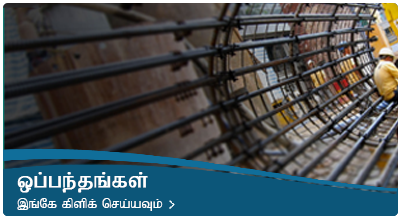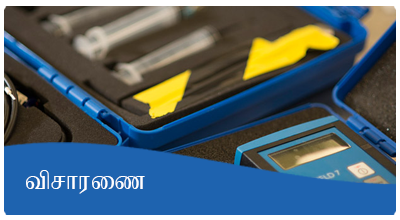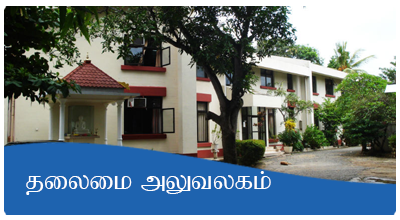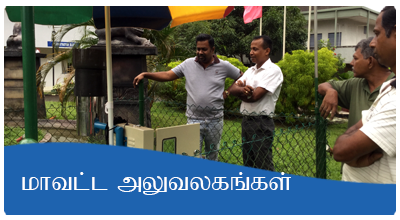As per the air quality data obtained by air quality monitoring centres of National Building Research Organisation in urban areas of Sri Lanka, the air quality level of Sri Lanka has slightly deteriorated during these days due to the contribution of trans-boundary air pollutants from other countries with the prevailing weather conditions. Some of Asian cities such as Delhi and Kolkata in India, Lahore and Karachi in Pakistan, Hanoi in Vietnam and Dhaka in Bangladesh have recorded very high air pollution levels with respect to fine Particulate Matter (PM2.5) during the past few days (Figure 1). The situation in India is relatively significant and several areas have locked down to manage this high-risk condition.
Air pollutants mainly fine Particulate Matter (PM2.5) from the above stated highly polluted areas travel a longer distance with the wind and reach the inland areas of Sri Lanka due to the prevailing wind pattern. As a result, air quality levels in urban areas of Sri Lanka get deteriorated and the level of deterioration depend on both the contribution of trans-boundary pollution levels and local air emissions levels. Sri Lanka has been experiencing this phenomenon time to time in the last few years during the months between November to February
The level of increase of fine Particulate Matter is temporary and short-term and highly depend on the meteorological conditions especially the wind pattern around the country. Due to this trans-boundary contribution of air pollutants, specifically the levels of fine Particulate Matter (PM2.5) in the atmosphere all over the country will change time to time. At certain occasions, the levels are within moderate pollution levels (US AQI value of 50-100, PM2.5 >17.5 mg/m3 indicated by yellow colour) while at certain other times it may rise to relatively high levels (US AQI value of 100-150, PM2.5 >35mg/m3 indicated by red colour), which will affect the sensitive groups such as infants, adults, pregnant mothers and the people who are suffering from breathing difficulties.
Continuous real-time data of fine Particulate Matter (PM2.5) in urban areas of Sri Lanka can be obtained online through the NBRO website, nbro.gov.lk (air quality today) and the PM2.5 levels at 11:00 am on 19.11.2021 are shown in Figure 2. Since the PM2.5 levels in some urban areas reached unhealthy level for sensitive groups, wearing N90 or N95 facemasks at all time, being in-doors, reducing the time spend outside working and conducting heavy work outside for sensitive groups are recommended. Open burning, unnecessary use of vehicles, unwanted idling of vehicles, minimising generator operation and other air pollutant emitting engines, etc. during this period are recommended for the minimisation of further deterioration of the air quality.
However, the trans-boundary pollutant contribution has not still made any significant impact during this year on urban air quality in Sri Lanka. The PM2.5 levels as well as other pollutant levels and their behaviour around Sri Lanka atmosphere is studying using air quality monitoring centres and always been alert in any risk condition.























